Electrostatic discharge is a very common issue in electronics. Be it industrial automation too, devices like PLCs and sensors have nothing but electronic chips inside. But, to prevent ESD from damaging any electronic device, a tool called an anti-static wrist strap is used nowadays by human beings. It helps prevent ESD from reaching the electronic device and damaging it. So, what exactly is ESD and how it is prevented will be seen in this post. In this post, we will see the use of an anti-static wrist strap in industrial automation and other electronics. Anti-static wrist straps prevent electrostatic discharge (ESD) and protects electronic components in industrial automation systems.
What is Electrostatic Discharge?
In atoms, there are two main parts – neutrons (positively charged) and electrons (negatively charged). Now, suppose there are two materials with different atomic or molecular structures. One has abundant neutrons and the other has abundant electrons. When these two materials rub against each other, there is an exchange of electrons. Here, the electrons from a positively charged atom will be given to the material which is more negatively charged. So, the positively charged material will become an electron donor and the negatively charged material will become an electron acceptor. This electron imbalance will accumulate electrons in the negatively charged material.
Now, these electrons will look for some path to discharge itself. So, when something like a human hand touches it, then these electrons will get transferred to the hand and cause a very mild shock. This is called electrostatic discharge. So in case if a human hand has accumulated electrons instead and if some sensitive electronic device is touched to it, then ESD will be transferred to that device. Some popular examples of materials which easily give electrons are hair, wool, silk, wood, and cotton; and some popular examples of materials which easily take electrons are PVC, polyester, rubber, and rayon.
ESD is caused by two surfaces which are at different levels of charges and are coming too close to contact each other. This unexpected flow of charge between two objects is nothing but ESD or electrostatic discharge. You may have seen how you rub plastic scales on your hand hair and then, when you bring it close to a piece of paper, the paper will attract to that scale. This is ESD.
Electrostatic discharge is harmful to electronics. Some electronic devices are labeled as ESD-sensitive devices. If such a sudden flow of electricity is passed to the device, then it may malfunction. This discharge, which can also be seen as a capacitor first storing and then discharging energy, can cause an electric spark, burns, or damage to the electronic device. So, it is essential that the ESD is not transferred to electronic devices.
What are Static Straps used for?

As the name depicts, it is a safety strap that is worn by a person when working with electronic components. It safely discharges static electricity in the ground, protecting both the worker and the electronic device. Whenever a static current is built up inside the human due to his unintended actions, it will be regularly detected by the strap and discharged first.
So, then even if the person touches or works with an electronic device, nothing will happen. Even while a person is working and a static current is detected to be developed, it will immediately be discharged into the ground, before making any untoward accident. Refer to the below image for it’s connecting parts.
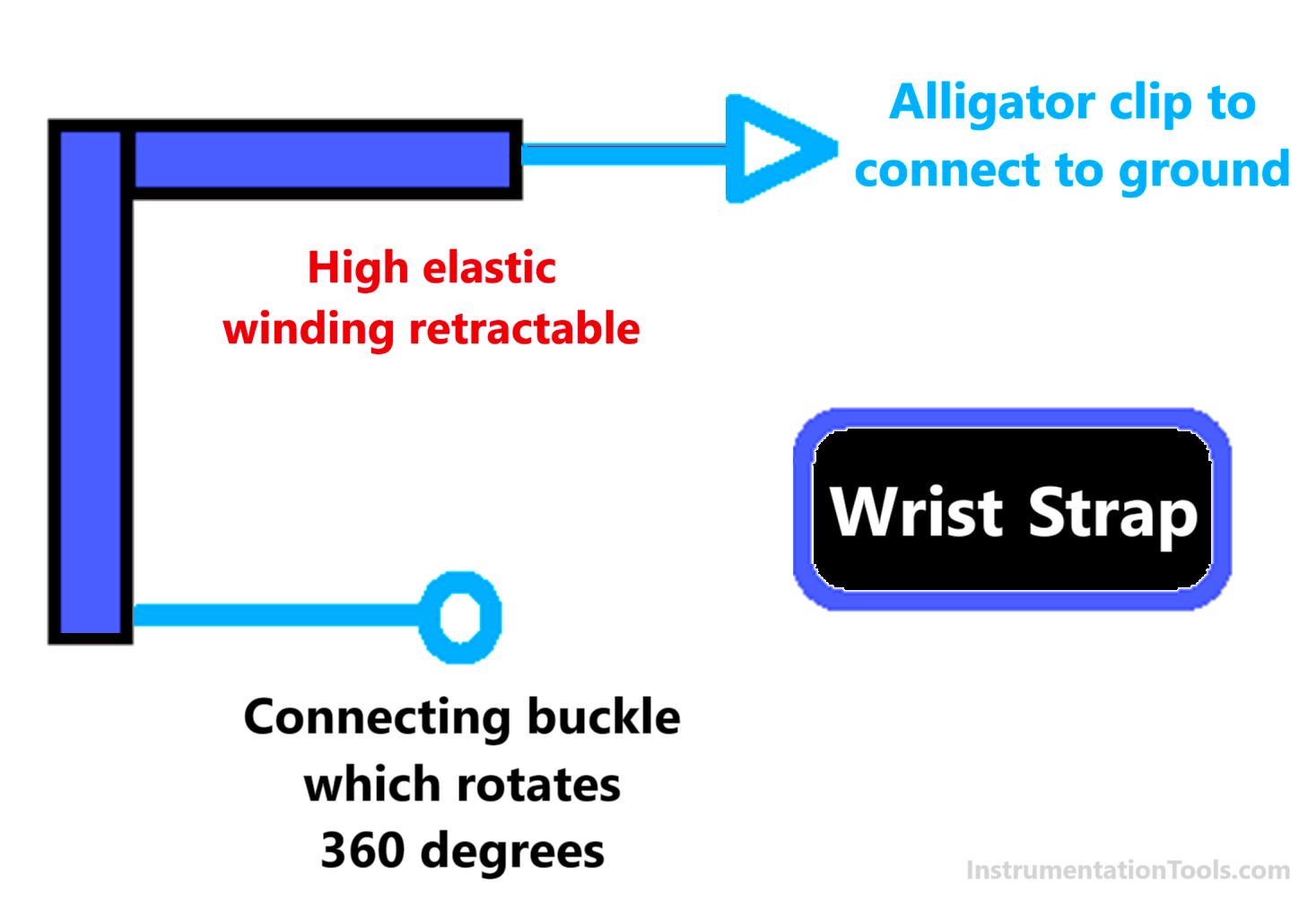
The static strap consists of the following items – a high elastic winding which is retractable, a connecting buckle which can rotate 360 degrees, a wrist strap, and an alligator chip to connect to the ground.
Refer to the below image on how it is worn. The strap is wound around one hand. The band is connected to the strap through a buckle, which can be adjusted in any direction as it rotates freely. The other end of the band has an alligator clip, which must be connected to the ground. Once you have done this, you can now work with the electronic device.
One main thing to note is that the ground should be secure first of all; if it is only leaking in nature, then there is no use of this band. Once this band has been worn, it will continuously transfer waste electrostatic current if any to the grounding point. The strap is made of carbon or silver-plated threads which ensures that ESD is safely discharged.
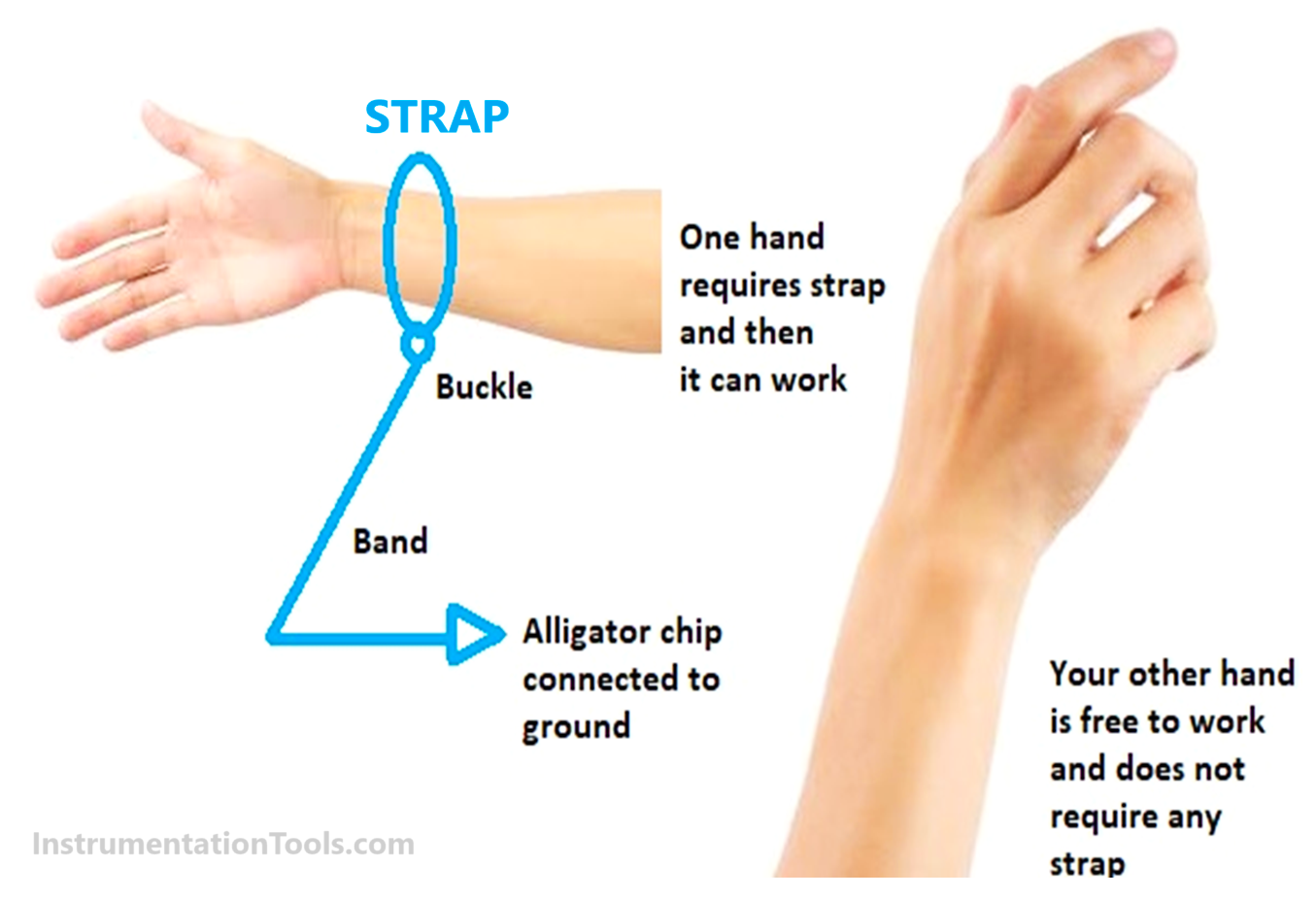
ESD works on a simple formula of voltage balance checking; which sees that the voltage difference between your body and the strap device is balanced. In this way, you are grounding all the things including the person to the same potential.
Any unbalance will be detected by the strap and the strap will immediately discharge the current to the ground. As you know, even simple walking by a person generates electrostatic voltage inside the person (also called turbocharging). Wristbands are prone to failures too, and must be regularly maintained and checked according to its operating brochure, for a safe operation. Otherwise, both the person and the electronic device will be in danger.
The industrial automation environment is sensitive in nature, due to the use of critical electronic components like PLC, HMI, sensors, instruments, and controllers. So, these straps can be worn by operators for a safe environment.
In this way, we saw the use of anti-static wrist straps in industrial automation.
Read Next:
- Process Control Systems Basic Concept
- Process Control Systems Philosophy Document
- System architecture and process control Design
- 30 concerns for control systems Design Basis
- Instrumentation Design Engineer Responsibilities


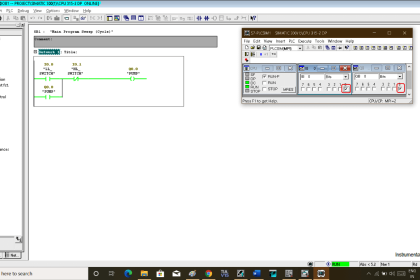
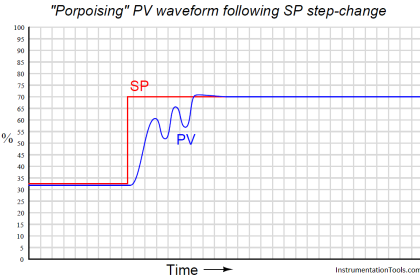

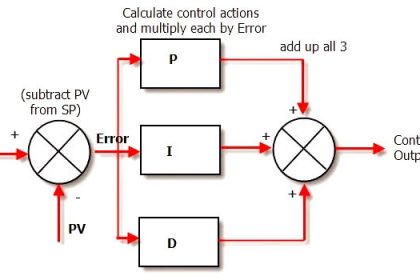
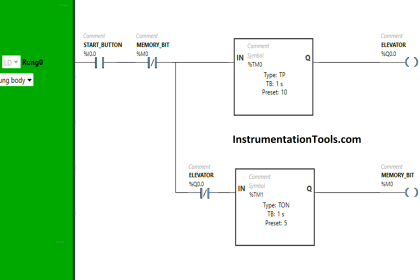
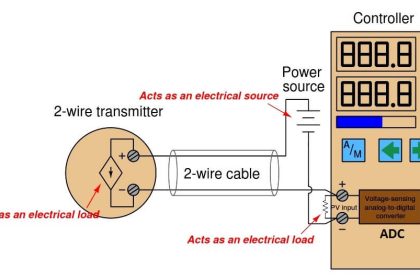
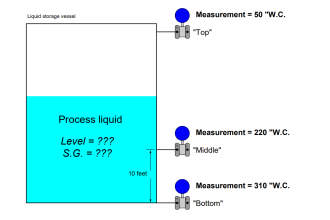

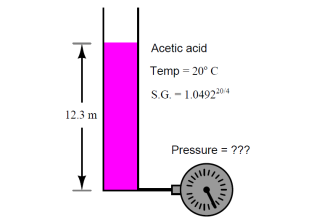
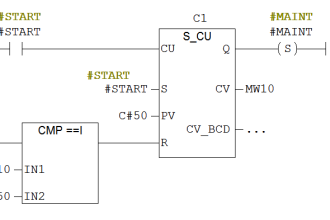

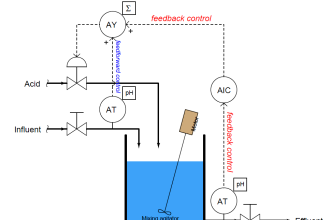

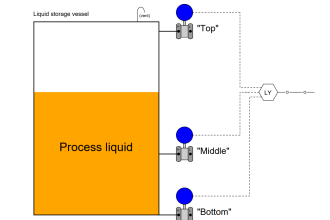

what are the technical specifications for order this anti static wrist strap?
where to find one.